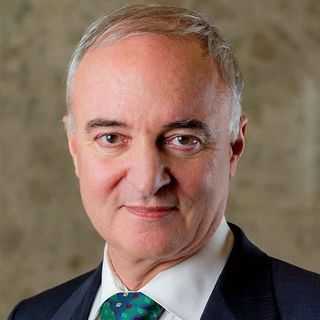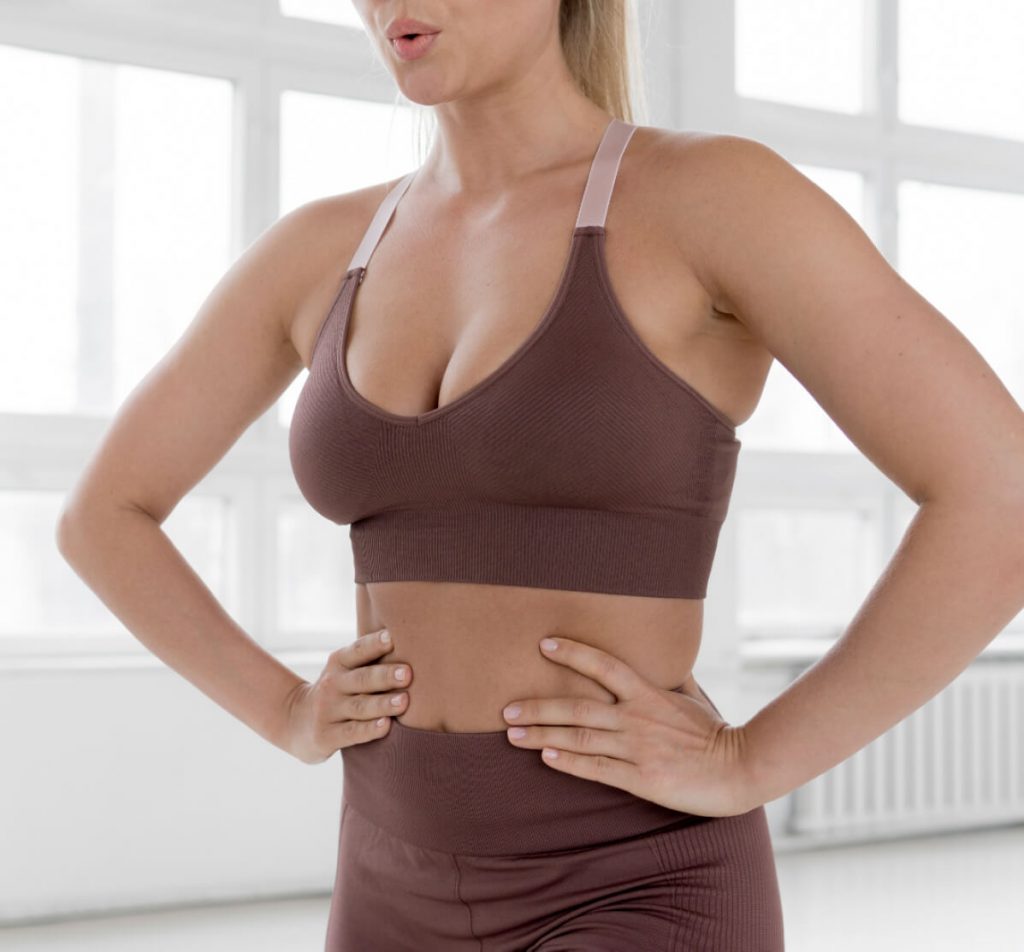When Kylie Jenner casually dropped the line “445 cc, moderate profile, half under the muscle!!! Silicone!!! Garth Fisher!!!” in a TikTok comment earlier this month, the beauty world practically stopped scrolling. Screenshots flew across Reddit, and #BreastImplantOrder began trending. Surgeons from Beverly Hills to Bellevue found their inboxes overflowing with “Can I just copy Kylie’s specs?” inquiries. It’s juicy gossip—but it’s also the perfect chance for a clear communication on how modern breast augmentation actually works, and why a one-size-fits-all recipe rarely delivers runway results.
The Viral Moment: Kylie’s Breast-Implant “Order”
British influencer Rachel Leary asked Kylie for her implant details, calling the reality star’s result “the most perfect, natural-looking boob job ever.” Kylie obliged—in full surgeon shorthand. Within hours, tabloids, TikTokers, and even major newspapers were dissecting every word of the 66-character comment, fueling a new wave of “menu” posts where fans list cc, profile, and placement.
What Those Five Data Points Actually Mean—A Quick Consult
During your consultation, your overall goals are converted into specific surgical details. Kylie’s TikTok comment condenses that process into five data points. Here’s what each one means in clear medical language:
- 445 cc Volume: – Cubic centimeters measure how much silicone fills the implant. Around 445 cc typically increases breast size by roughly two cups on an average-width chest, but exact changes vary with your frame and natural tissue.
- Moderate Profile vs. High/Low: Profile indicates how far the implant projects from the chest wall. A moderate profile gives balanced forward projection—not as flat as a low profile and not as prominent as a high profile—aiming for a natural slope in most clothing.
- Dual-Plane Placement (“half under the muscle”): “Half under the muscle” places the upper portion of the implant beneath the pectoral muscle and the lower portion beneath breast tissue. This approach softens upper-edge transitions while allowing fuller shape at the bottom.
- Silicone “Gummy Bear” Gel: This cohesive silicone gel feels similar to natural breast tissue and retains its shape even if the shell is damaged. The FDA recommends periodic MRI or high-resolution ultrasound every three to five years to monitor these implants.
- Named Surgeon (Experience)
Kylie credited Dr. Garth Fisher. Surgeon training, board certification, and aesthetic judgment are just as important as implant specifications for a safe procedure and a result that matches your goals.
Key point: These numbers worked for Kylie because they fit her anatomy and preferences. Your own implant plan should emerge from measurements, lifestyle considerations, and a detailed discussion with a board-certified surgeon—never from copying someone else’s profile line for line.
Timing Is Everything- Kylie’s Own Second Thoughts
Kylie revealed on The Kardashians that she underwent surgery at 19 and later wished she’d waited until after childbirth, noting that pregnancy stretched her results. Local surgeons echo the caution: breast tissue and skin can keep evolving into the early 20s, and postpartum changes may call for an early revision if surgery happens too soon.
The “Copy-Paste” Implant Trend vs. Your Unique Frame
Copy-and-pasting implant numbers from social media may seem simple, but correct sizing depends on:
- Chest width & rib-cage angle – Determines how many cubic centimeters sit safely without side-spillage.
- Skin elasticity & lifestyle – Runners and weightlifters often need smaller volumes and sturdier support.
- Future pregnancies & weight shifts – Both can stretch results, no matter how Instagram-perfect they look today.
Bottom line: Kylie’s numbers can inspire, but they shouldn’t dictate. A consult should include measurements, 3-D imaging, and discussion of goals—not a screenshot.
Your 2025 Safety Checklist
- Device registration & warranty – Every implant now receives a serial-number card; keep a photo.
- Imaging schedule – The FDA recommends silicone checks every 3–5 years, and high-resolution ultrasound is now an MRI alternative.
- BIA-ALCL conversation – Modern smooth implants carry low risk, but informed consent matters.
How NW Face & Body Customizes the Process
Every patient arrives with different anatomy, activity level, and aesthetic goals. Our team designs an individualized plan using objective measurements and advanced imaging—nothing is chosen by guesswork or trend.
- Vectra® 3-D Preview – Simulates several implant sizes and profiles on your own body so you can compare results side-by-side.
- Precise Sizing Method – We record chest width, tissue thickness, and nipple-to-fold distance to select a safe, proportional volume.
- Dual-Board-Certified Surgeons – Our surgeons hold certifications in both plastic and facial surgery and maintain hospital-level safety standards in our AAAASF-accredited facility.
- Recovery Support – Same-day text access to the medical team, next-morning nurse check-in, and detailed timelines for returning to work and exercise.
Take the Next Step
Schedule a complimentary 3-D simulation at Northwest Face & Body to see how different implant sizes will look on your body. Call (425) 546-0854 or use the Instant Quote button to book. Remember: online “celebrity specs” are only a starting point; the best results come from a plan built around your anatomy, goals, and a board-certified surgeon’s expertise.





